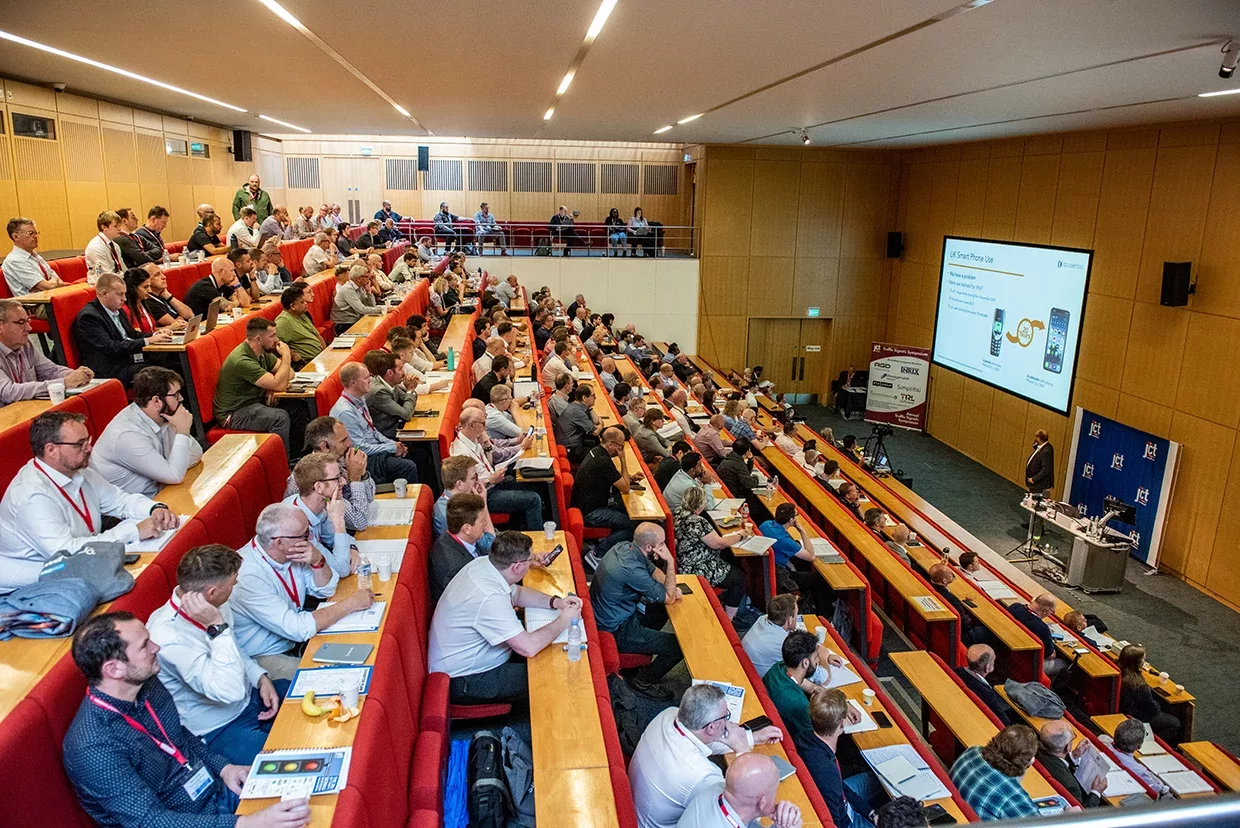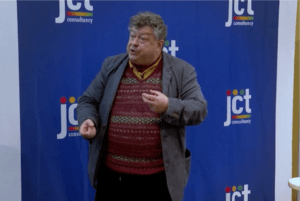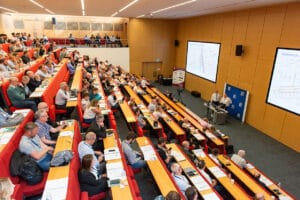It’s not an impossible riddle, or a bad Christmas cracker joke – why and how did the sparrow cross the road is actually a key question from one of the 27 separate learned papers being presented at the popular JCT Traffic Signals Symposium in Nottingham next month.
The Sparrow crossing provides fully segregated crossings for both cyclists and pedestrians and Mark Andrews of HyTras and Jonathan Mundy from Hampshire County Council will explain a particularly complex design delivered in Havant during the event on the 11 and 12 September.
Although often considered simple to design demand dependency, the need to interlock timings to allow safe crossing for all can prove challenging, but they will show how it can be done.
The Symposium, which is now in its 29th year, will also Tom Siddall of 4Way Consulting explain how to interpret evolving signal design guidance and practice for cycles, highlighting some unusual layouts and innovative approaches to improving cycle facilities. Meanwhile Jonathan Flynn of National Highways and Andrew Truscott from Atkins will discuss, with the Design Manual for Roads and Bridges (DMRB) and Manual of Contract Documents for Highway Works (MCHW) due a re-write, what will come in the light of new technologies such as autonomous vehicles, and increasing the safety and resilience of what exists already.
“It’s hard to pick out papers to highlight, because they’re all so good this year,” commented JCT Director John Nightingale, who organises the event. “But I’d also pick out another example where we’re looking at using signals to support active travel, with Transport for Greater Manchester’s Tobias Moeller explaining how to model pedestrian stages better by using an assumed uniform pedestrian distribution to predict the appearance frequency of demand dependent pedestrian stages.”
The paper programme also includes a special session with a Government Security Advisor showing the range of malicious threats facing sites and sectors and the vulnerabilities that can be mitigated by forethought and the design and specification of proportionate countermeasures.
“On top of the high-quality learned programme, including a full session dedicated to the security adviser, we also have our exhibition full of cutting-edge technology,” Mr Nightingale added. “Don’t forget our excellent networking programme including our welcome barbecue on 10 September, and then the SWARCO-sponsored drinks reception and Yunex Gala Dinner on the 11th.
The 29th JCT Traffic Signals Symposium at Nottingham Trent University takes place Wednesday 11 and Thursday 12 September, with the first evening social event and the MOVA User Group taking place the day before. To join local authorities, academics and suppliers at the event, click here to sign up.
The full MOVA Users Group and Symposium Programmes can now be downloaded here.
(Picture – JCT)


























